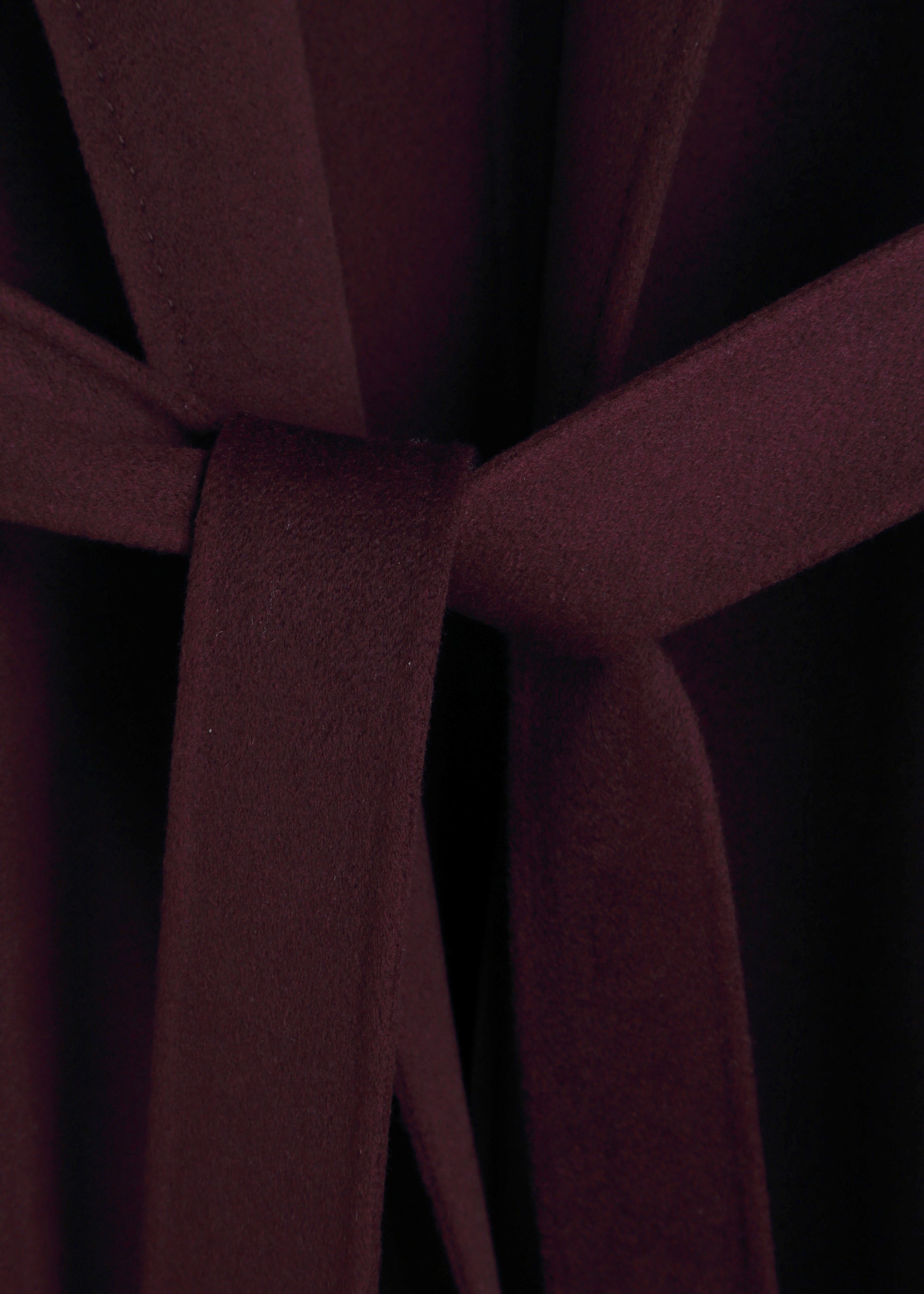About the fibres
Cashmere
Spun from the underfleece of Hircus goats, cashmere is soft, warm and naturally lightweight, with a tendency to pill during the first wears as shorter fibres work to the surface.
Baby Cashmere
The rarest of the three, combed from the first spring underfleece of young goats. Fibres are even finer, so the handle is softer and more delicate. It deserves the same care as cashmere, with an extra degree of gentleness.
Wool
Fine merino and other luxury wools are naturally elastic and resilient. They hold their shape well, but still respond best to cool water, minimal friction and careful drying.
Rule of thumb
- Rest knits between wears to let the fibres recover.
- Avoid wearing the same piece on consecutive days if possible.
- Keep away from rough surfaces, heavy straps and jewellery that can catch.
- Always fold; never hang, to avoid stretching.
Wash & Care
Between wears
- Air your knit flat or over the back of a chair, away from direct sunlight or heat.
- Light creases will often relax on their own.
Hand washing (recommended for jumpers, cardigans, accessories)
- Fill a basin with cool water and add a small amount of specialist cashmere or wool detergent.
- Turn the knit inside out and submerge, pressing gently. Avoid rubbing or wringing.
- Soak for around 5–10 minutes, then rinse in cool water until it runs clear.
- Press out excess water without twisting. Lay flat on a clean towel, roll, and press again.
- Reshape carefully and dry flat on a dry towel or mesh rack, away from radiators and sunlight.
Dry cleaning
- For baby cashmere, coats, tailored pieces or items with complex trims, professional dry cleaning is advised.
- Choose a trusted cleaner and mention that the garment is cashmere or baby cashmere.
- Fine wool knits can be treated almost identically to cashmere.
- For more robust wool pieces (not baby wool, not highly delicate blends), a machine wool cycle can be acceptable:
Use a dedicated wool programme, cool water and low spin/Place the garment in a mesh laundry bag/Use a liquid wool detergent; avoid fabric softeners and bleach. - Dry flat in the same way as cashmere, reshaping gently.
Drying, steaming & pressing
- Always dry flat, supporting the whole garment; never hang to dry.
- If steaming, hover the steamer just above the fabric—do not saturate the knit.
- If you prefer ironing, use a low “wool” setting, a pressing cloth and light pressure, never dragging the iron across the surface.
Pilling: what it is and how to treat it
Pilling is natural for cashmere, baby cashmere and fine wools, especially in areas of friction (under arms, sides, where a bag rests).
- Lay the garment flat when completely dry.
- Use a high-quality cashmere comb or fabric shaver with a very light hand, brushing in one direction.
- Remove only the pills; do not overwork the fabric.
Over time, as the shortest fibres are removed, good quality knitwear will pill less.
Stain care
- Act quickly: blot gently with a clean, white cloth. Do not rub, as this pushes the stain into the fibres.
- For oil, wine or set-in stains, take the garment to a professional cleaner and point out the mark and the fibre type.
- Avoid spot-treating with harsh stain removers or hot water, which can damage or felt the knit.
Storage & moth protection
Everyday storage
- Fold knits and store them on a shelf or in a drawer, with enough space that they are not crushed.
- Keep away from damp or direct heat.
Seasonal storage
- Clean the garment before storing; moths are attracted to body oils and food traces.
- Fold and place in breathable cotton bags or boxes (not sealed plastic).
- Use natural repellents such as cedar blocks or lavender sachets, and refresh them regularly.
- Avoid hanging heavy knits long-term, which can distort shoulders and length.



